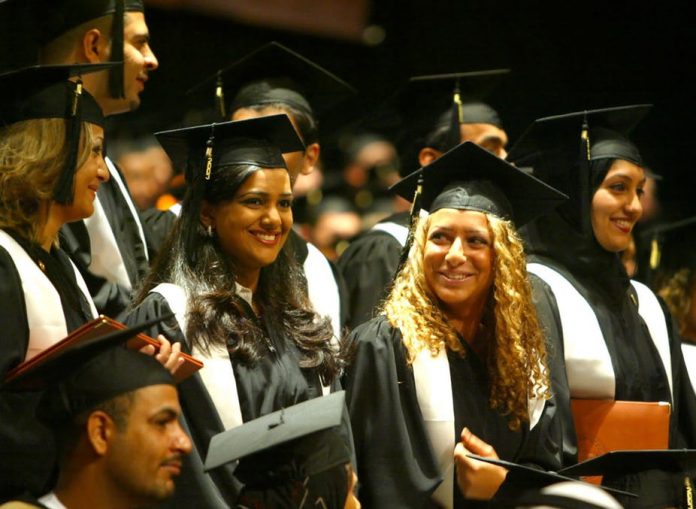Going abroad for higher studies is something large numbers of Indian students have done for over seven decades. The US was the preferred higher education destination but recent years have witnessed a strong rethink, with Australia rapidly emerging as a credible alternative.
There are good reasons for this. Australia provides top quality studying and research coupled with a global living experience. Given the Rupee-Dollar exchange rate, it is also significantly cheaper than studying in the US. Work-study rights are, furthermore, a great attraction and, in any case, a multicultural and welcoming environment scores strongly over any other plus points, especially with growing nationalism and intolerance in the US.
Each of the above makes for a strong case for Australia to emerge as the preferred higher education destination for meritorious Indian students. The global living experience and work-study rights, for instance, lie at the core of creating a future-ready workforce.
Evidence suggests that over the next few years, the very concept of the workplace would undergo a dramatic shift from what we are currently used to. Globalization is likely to usher in the virtual office space where people from different time zones and culturally diverse regions would interact and get jobs done via technology rather than face-to-face. This dramatic shift would require a workforce that is able to seamlessly transition to such an environment. The current pedagogy in the great Australian universities, such as, the [UNSW] University of New South Wales, Sydney is doing precisely this.
Working in a multicultural environment is another great advantage. For Indian students, this is a massive change in terms of what we are otherwise used to. Many Indians study in the cities where they were born. Our introduction to and appreciation of India’s cultural diversity is theoretical and anecdotal rather than experiential. At UNSW, of the 60,000 students, 21,000 are international students. The opportunity to mingle and study with students drawn from a variety of nationalities is an extraordinary eye-opener and I dare say, a game changer. This kind of global learning experience is key to the future-ready workforce.
For the rapidly growing and aspiring Indian middle class, studying abroad is an expenditure that they are willing and able to incur for their children, if there is assurance of high-quality employability. Evidence demonstrates that Australian universities like UNSW, for instance, have a high employability quotient in leading multinational and Australian companies, including as CEOs. This provides confidence to parents that the money they spend on their children’s education is, in fact, an investment.
Research collaboration is yet another area of convergence and synergy that is fast growing between Australian and Indian institutions. Impactful and breakthrough research carried out in Australian universities, such as, on photovoltaics, quantum computing, sustainable housing, smart transport, energy, water, mining, waste management, cervical cancer, optometry, to name a few, are all areas that lie at the heart of India’s aspirations and concerns. On each of these areas, Australian universities not only have proven expertise but international recognition. The strengthening bilateral relations suggest the meaningful participation of Australian scientists and researchers in impacting India’s developmental interests.
Indeed, it would be fair to say that through a series of government-to-government and people-to-people contact between India and Australia, there is greater awareness of the multiple areas of commonality and synergy between both countries and the fact that New Delhi and Canberra are indeed, natural allies. This strengthening perception will positively impact bilateral relations and contribute towards the emergence of Australia as a preferred higher education destination for Indian students in the not-too-distant future.






























